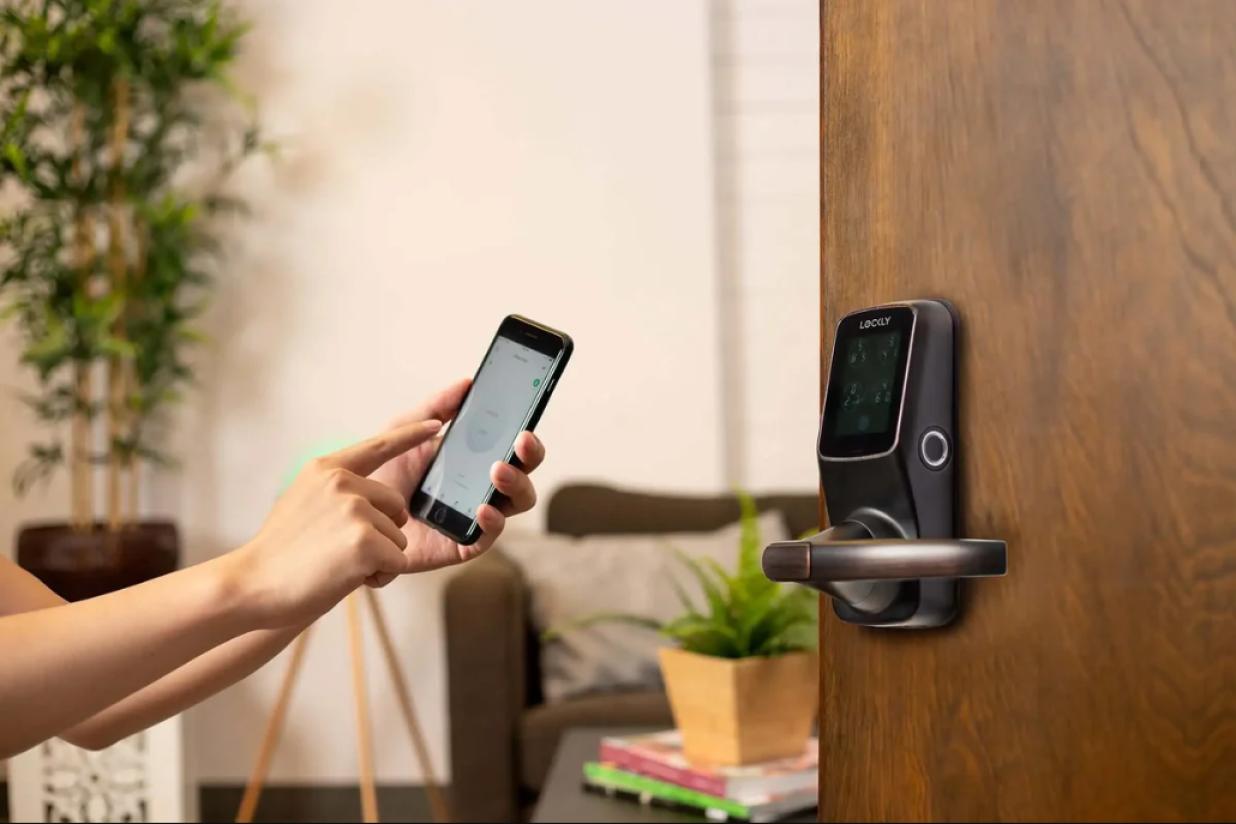How to Balance Privacy and Protection in a Connected Home

The rise of smart technology has transformed the way we live, making our homes more efficient, secure, and interconnected. But with this convenience comes a serious challenge—balancing privacy and protection. In 2025, connected home security is no longer just about installing smart locks and cameras. It's also about safeguarding your personal data, online activity, and daily routines from potential breaches. Here’s how homeowners can strike the right balance between security and privacy in a connected home.
Understand the Risks of Smart Home Devices
Before investing in a smart thermostat, camera, or voice assistant, it’s important to understand the risks associated with smart home technology. Devices connected to the internet—especially through the Internet of Things (IoT)—can be vulnerable to hacking, unauthorized surveillance, and data leaks. Even something as simple as a smart lightbulb can become a gateway for cyber threats if not properly secured.
Many homeowners overlook smart home privacy in favor of convenience, but today’s connected systems often collect personal information like voice commands, location data, and activity patterns. Understanding what data is being collected and how it's used is the first step toward taking control of your privacy.
Choose Trusted Brands with Strong Privacy Policies
When selecting devices for your IoT home safety setup, opt for brands that are transparent about data practices and prioritize security updates. Look for manufacturers that offer end-to-end encryption, multi-factor authentication, and user-controlled settings. Reputable brands also regularly update firmware to patch vulnerabilities—an essential feature in protecting your connected home.
Before buying any smart device, review its privacy policy. Does the company sell your data to third parties? Does it store recordings on the cloud by default? Can you opt out of data collection? These questions are vital in maintaining a balance between functionality and privacy.
Secure Your Network First
Even the most advanced security cameras or sensors are useless if your Wi-Fi network isn’t protected. The foundation of smart home protection tips in 2025 starts with your router. Change the default admin password, create a guest network for visitors, and ensure your router uses WPA3 encryption.
You should also enable firewalls and regularly check for firmware updates—not just for your router, but for every connected device. Using a virtual private network (VPN) can add another layer of protection, masking your internet activity and shielding your home system from prying eyes.
Limit Data Sharing and Disable Unnecessary Features
One of the most practical ways to boost smart home privacy is by turning off features you don’t use. If you never use voice control, disable the microphone. If your smart doorbell saves video footage to the cloud, consider local storage options instead. Most smart devices have customizable privacy settings—use them.
Additionally, review which apps have access to your home systems and revoke permissions that aren't essential. This reduces the number of third-party services that can potentially compromise your privacy. Always keep your smart home apps updated to fix bugs and security flaws quickly.
Monitor Your Smart Home Regularly
Privacy and protection aren’t one-time efforts—they require regular check-ins. Make it a habit to review your smart home system monthly. Update software, change passwords, and review any alerts or logs for suspicious activity. Consider using a smart home hub or dashboard that consolidates device settings and security features into one interface for easier management.
Also, consider using home cybersecurity tools or services that can scan your network for vulnerabilities. These tools help detect unusual traffic or unauthorized access attempts, giving you peace of mind in an increasingly digital world.
In 2025, building a truly secure connected home means going beyond physical protection to include digital safeguards. By choosing privacy-focused brands, securing your network, customizing your device settings, and staying proactive about maintenance, you can enjoy the convenience of a smart home without compromising your personal data. Balancing home security and privacy may take some effort—but it’s essential for living safely and smartly in today’s hyper-connected world.


